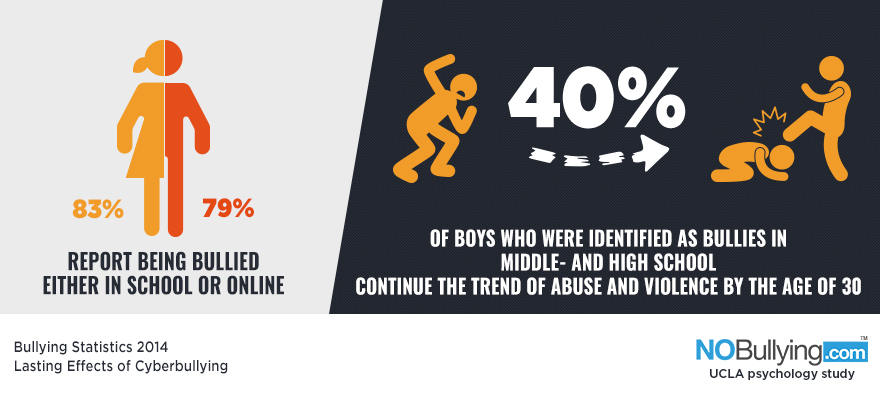Bullying
Effective July 01, 2012, bullying is defined as any severe or pervasive physical or verbal act(s) or conduct, including electronic communications committed by a pupil(s) that has, or can be reasonably predicted to have, the effect of one or more of the following:
- Reasonable fear of harm to person or property.
- Substaintially detrimental effect on physical or mental health.
- Substantial interference with academic performance.
- Substantial interference with the ability to participate in or benefit from school services, activities, or privileges.
Hazing is defined as any method of initiation, pre-initiation, or rite of passage associated with actual or desired membership in a student organization or student body, whether or not the organization or body is officially recognized by an educational institution, which is likely to cause serious bodily, injury, personal degradation or disgrace that result in physical or psychological harm. Hazing typically, but not exclusively, involves newer members showing subservience to existing members and shall be reported to the administrator of the school and/or advisor of that student body activity (Ed. Code 48900(q).
Types of Bullying: Bullying can be manifested in a variety of forms that include, but are not limited to, the following:
- Cyberbullying is bullying by electronic act, which includes transmission of a communication by text, sound, image, video, message, website post, social network activity, or other form of communication sent by an electronic device (Ed. Code 32261 (g).
- Verbal bullying includes hurtful gossiping, making rude noises, making threats, name-calling, spreading rumors, or teasing.
- Physical bullying includes intentional, unwelcome acts of beating, biting, fighting, hitting, kicking, poking, punching, pushing, shoving, spitting, or tripping.
- Social or relational bullying includes spreading rumors, manipulating relationships, exclusion, blackmailing, isolating, rejecting, using peer pressure and ranking personal characteristics.
- Non-verbal bullying includes the use of threatening gestures, staring, stalking, graffiti or graphic images, and destruction of property to cause distress, intimidation, discomfort, pain or humiliation.
- Indirect bullying is the use of intimidation or peer pressure to cause harm to a third part(ies).
- Bullying and Hazing Policy 5212.1 The Bullying and Hazing Policy BUL-5212.1 defines bullying & hazing behavior and provides procedures and responsibilities for how school staff, parents, and students are expected to manage and resolve bullying behavior.

%
of American students report being bullied 2 to 3 times a month or more within a school semester.
%

